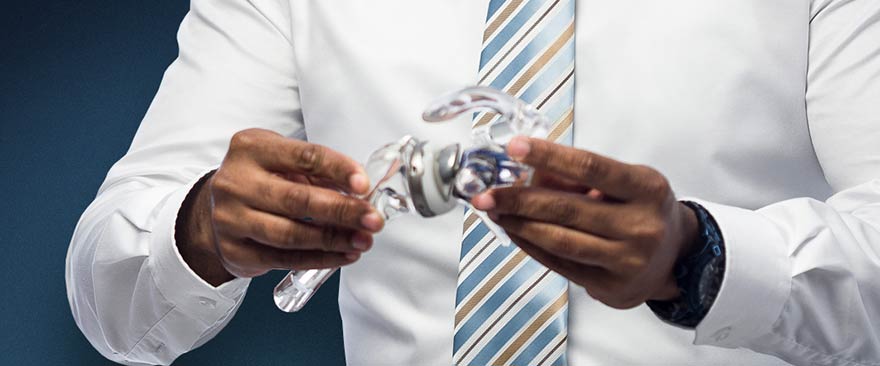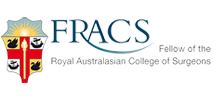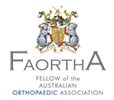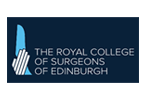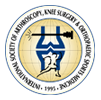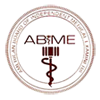The shoulder joint is a ball and socket joint surrounded by supporting tissue - ligaments and muscles - which hold the joint in place.
Condition
Shoulder instability refers to conditions where the head of humerus (ball part of the upper arm bone) comes out of its socket completely (a shoulder “dislocation”) or partially (called a 'subluxation').
Most of shoulder dislocations are anterior (towards the front). Posterior (towards the back) are uncommon and usually encountered following seizures, electric shocks or some sports injuries.
Shoulder instability can be caused in a number of ways:
Injury or trauma
A severe fall involving a blow to the shoulder can result in dislocation. This is not an uncommon sports injury, particularly in sports such as rugby, skiing, snowboarding and skateboarding.
Repetitive strain
Any regular activity that involves the arms working overhead can result in ligaments around the shoulder loosening over time and a greater likelihood of shoulder instability. Some sports where the arms are held up a lot, such as swimming, basketball and water polo, can make players prone to shoulder instability (leading to pain or/and subluxation episodes)
Body anatomy
Some people are naturally born with more flexible joints and looser ligaments, and some are 'double jointed'. This extra flexibility makes these people more prone to shoulder instability.
Procedure
There are three common types of surgery (listed below) to repair shoulder instability.
Dr Reddy performs most of shoulder stabilisation surgery arthroscopically (key-hole) using the latest evidence-based guidelines and techniques. But bony procedures like the Latarjet procedure would be indicated in some situations as listed below.
Revision Instability surgery may also require open procedures or/and bony procedures like the Latarjet procedure.
Arthroscopic Anterior Stabilisation or Bankart repair surgery
The labrum is the medical name for a section of the cartilage in the shoulder joint along its rim. It can become damaged, sustaining small or large tears. These tears, referred to as 'Bankart lesions' can be repaired using suture anchors to fix the labrum to the socket.
Dr Reddy performs most bankart repairs arthroscopically.
As a part of the procedure, the capsule and ligamentous structures are incorporated in the repair, thereby tightening them.
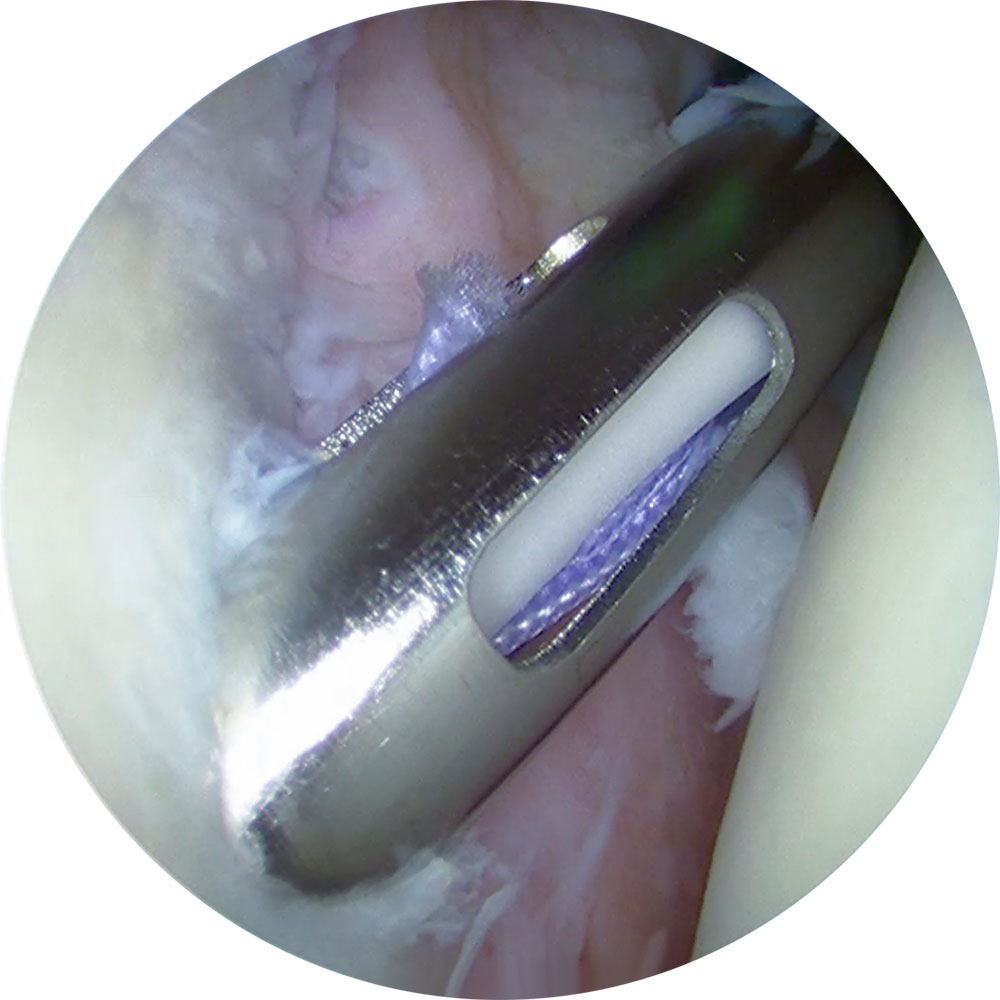
Bone anchors being inserted for repair of the torn labrum and capsule.
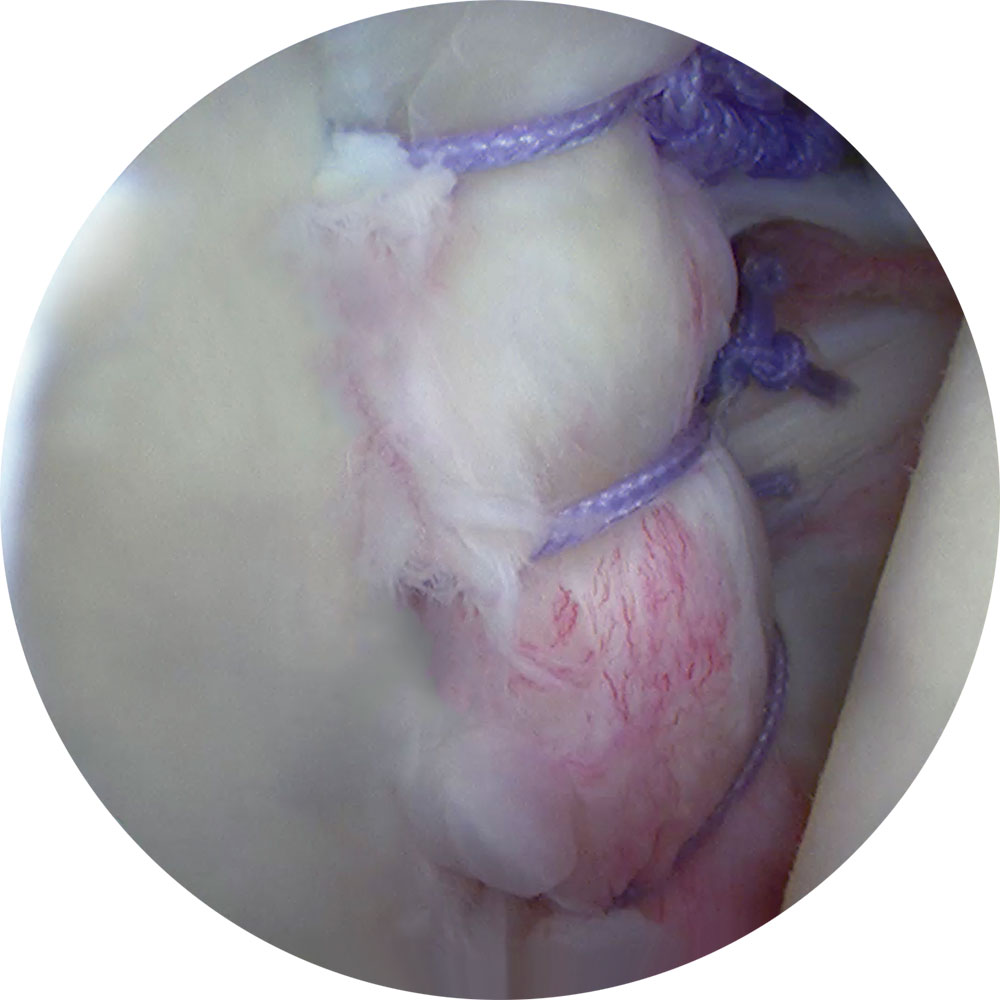
Arthroscopic view at completion of repair.
Open Capsular shift procedures
In this procedure the ligaments of the shoulder capsule are tightened by the surgeon to create a tighter 'fit' and thus keep the shoulder joint in place. The surgeon makes a T-shaped cut through the shoulder capsule and overlaps and sutures the two remaining edges together to tighten the ligaments. This procedure has mostly been replaced by arthroscopic procedures in Dr Sunil Reddy’s practice.
Latarjet Procedure
The latarjet procedure was originally described by French surgeon, Dr M Latarjet, but has been modified since.
Where shoulder instability has occurred over a period of time, and there have been repeated dislocations, there may be damage to the socket bone itself, or large dents in the head of humerus (Hill sachs lesion) or large tears in the capsule (HAGL lesion).
Arthroscopic stabilisation procedures may have a higher failure rates in these situations and Dr Reddy may advice a Latarjet procedure – a bony procedure which has higher success rates.
This procedure involves a bone graft, i.e. the removal of a small section of bone from another part of the shoulder blade (called the coracoid) and inserting this into the damaged socket. The small section of bone is attached with screws. This procedure is completed using a 5-6 cm incision in the front of your shoulder joint.
Apart from above indications, this procedure may also be indicated in contact athletes with lax dislocating shoulders and in Revision instability surgery. It has a success rate as high as 97-98% with a low complication rate.
Post operative recovery and rehabilitation
Dr Reddy as well as the Physiotherapist will see you on day 1 following surgery and demonstrate exercises to be performed at home as well as advise on things to do and not to do.
It is important that you follow the advice and rehabilitation guidelines to give yourself the best chance of recovery and an optimal outcome.
- You would likely have a regional/nerve block for pain management apart from a general anaesthetic.
- You would usually stay in the hospital overnight, but may stay longer depending on the recovery.
- Please take regular pain medication as advised.
- Apply Ice packs 3-5 times for 10 min each time for the first two weeks.
- You will need to wear the sling full time for 4 weeks, but remove it thrice daily for 15-20 minutes each time to perform exercises. Specifically avoid external rotation beyond neutral and active abduction for the first 6 weeks.
- Please remove the sling for a shower, resting your arm by the side. The dressings are waterproof.
- After 4 weeks – You can cease the use of sling. Progress with exercises as advised by your therapist.
- Strengthening exercises usually start only after 3 months following surgery.
- Avoid lifting weights and push-pull movements for 3 months following surgery. The goal is to gradually achieve normal range of movement and strength of the shoulder over a 3-month period.
- Driving is permitted only once you come out of the sling and have achieved good control of the arm and a pain-free status. This is usually by the 4-6 week postoperative period.
- Following a Latarjet procedure: Return to sport is usually at 3-4 months depending on a clinical examination and healing evident on x-rays. Following an arthroscopic shoulder stabilisation, return to sport is discouraged till 6 months post-operatively.
- Please follow your therapist’s advice regarding exercises and follow the rehabilitation guidelines that you can view/download below.
Related Topics
Rehabilitation guidelines for Arthroscopic shoulder stabilisation and Latarjet procedure
